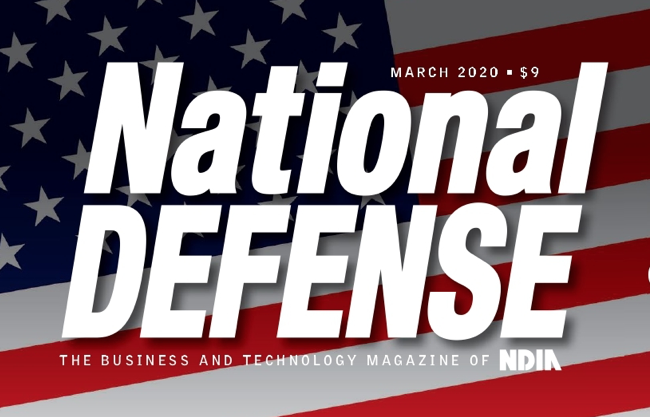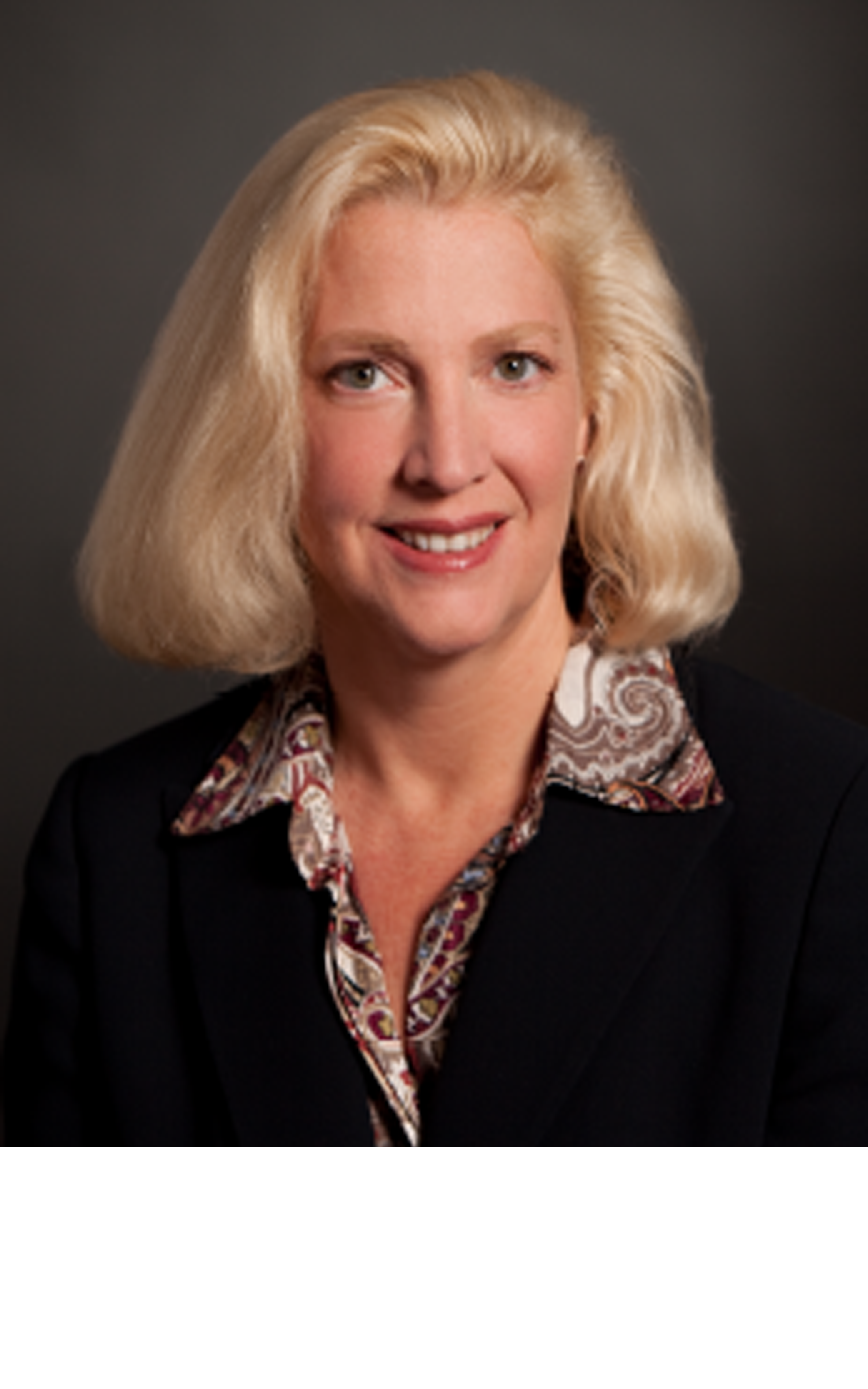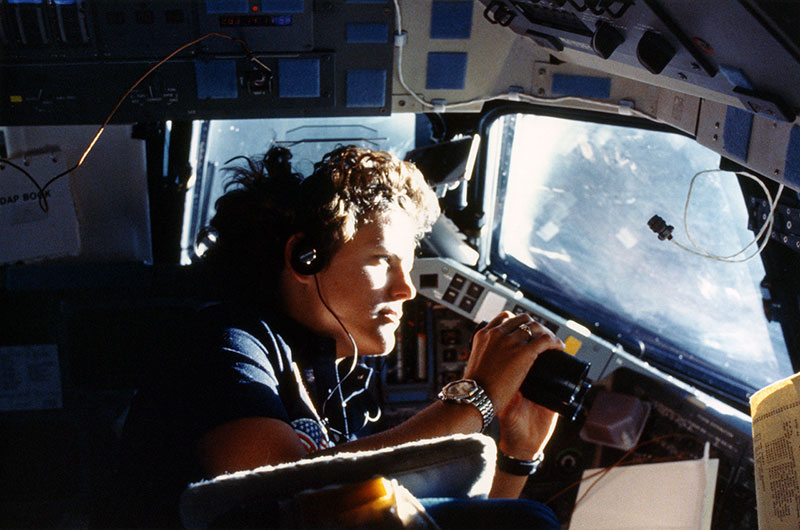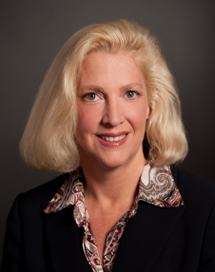Featured

 Read National Defense Magazine’s “Viewpoint: Network Technology a Growing Liability” by John C. Johnson, Member, Board of Regents and Senior Fellow to learn more about the realities of digital intrusion, vulnerabilities in network technology, and the U.S. approach to the future battlefield.
Read National Defense Magazine’s “Viewpoint: Network Technology a Growing Liability” by John C. Johnson, Member, Board of Regents and Senior Fellow to learn more about the realities of digital intrusion, vulnerabilities in network technology, and the U.S. approach to the future battlefield.
As VP, GM & Deputy to the President of Electronic Systems of Northrop Grumman Corporation, Mr. Johnson has oversight responsibility for developing, producing, and providing critical technologies, systems, and services for the Department of Defense, other government agencies, and commercial and international customers. Mr. Johnson joined Northrop Grumman in 1989 following a distinguished 20-year career with the U.S. Air Force. He has held a number of executive positions in the Business Development, Systems Development &Technology (SD&T) and Aerospace organizations. He was recently elected to the Board of Directors for IEC Electronics. He retired as a colonel and commander of flight operations for the 33rd Tactical Fighter Wing.
Read Nation Defense Magazine’s “Viewpoint: Network Technology a Growing Liability” by John C. Johnson, Member, Board of Regents and Senior Fellow here.

 Melissa Hathaway, Member, Board of Regents and Senior Fellow, leading cybersecurity expert and Cyber Readiness Index (CRI) principal investigator was the featured speaker in the “5G Digital Transformation in the New Economy,” the Ontario Chamber of Commerce’s COVID-19 Expert Webinar. The event encompassed discussion of the great digital divide in our current environment, digital asset transformation, 5G evolution, and the digital economy.
Melissa Hathaway, Member, Board of Regents and Senior Fellow, leading cybersecurity expert and Cyber Readiness Index (CRI) principal investigator was the featured speaker in the “5G Digital Transformation in the New Economy,” the Ontario Chamber of Commerce’s COVID-19 Expert Webinar. The event encompassed discussion of the great digital divide in our current environment, digital asset transformation, 5G evolution, and the digital economy.
"Our countries and companies are racing to capture the #digital opportunity of #IoT (127 new devices connect every second!) and #5G — they will generate $13 trillion of economic value by 2035." -Melissa Hathaway
Melissa Hathaway, cyberspace policy and cybersecurity leader, brings a multi-disciplinary and multi-institutional perspective to strategic consulting and strategy formulation for public and private sector clients. She developed a unique methodology for evaluating and measuring national levels of preparedness for certain cyber security risks, known as the Cyber Readiness Index (CRI). She has served in two U.S. presidential administrations, spearheading the Cyberspace Policy Review for President Barack Obama and leading the Comprehensive National Cybersecurity Initiative (CNCI) for President George W. Bush. At the conclusion of her government service, she received the National Intelligence Reform Medal in recognition of her achievements.
Watch Melissa Hathaway in the “5G Digital Transformation in the New Economy” here:

 Dr. Kathryn Sullivan, Member, Board of Regents and Senior Fellow is the first human to traverse both space and full ocean depth. She is the first American women to walk in space, and the first women to extend to the deepest point on Earth. On 6 June 2020, Dr. Sullivan dove to Challenger Deep, the bottom of the ocean, in the "Limiting Factor" on the Caladan Oceanic's "Ring of Fire" voyage. Dr. Kathryn Sullivan has a long career as a distinguished scientist, astronaut and executive. Learn more about Dr. Sullivan’s dive here.
Dr. Kathryn Sullivan, Member, Board of Regents and Senior Fellow is the first human to traverse both space and full ocean depth. She is the first American women to walk in space, and the first women to extend to the deepest point on Earth. On 6 June 2020, Dr. Sullivan dove to Challenger Deep, the bottom of the ocean, in the "Limiting Factor" on the Caladan Oceanic's "Ring of Fire" voyage. Dr. Kathryn Sullivan has a long career as a distinguished scientist, astronaut and executive. Learn more about Dr. Sullivan’s dive here.
Dr. Kathryn Sullivan was one of the first six women to join the NASA astronaut corps in 1978 and holds the distinction of being the first American woman to walk in space. She flew on three space shuttle missions during her 15-year NASA tenure, including the mission that deployed the Hubble Space Telescope. Since leaving NASA, Sullivan has held a variety of senior executive positions, including Presidential appointments to the National Science Board and as Chief Scientist, Deputy Administrator and Undersecretary/Administrator of the National Oceanic and Atmospheric Administration.
As President and CEO of Ohio’s Center of Science & Industry (COSI) from 1996-2006, she oversaw the construction of a state-of-the-art new facility and comprehensive re-design of the museum’s hands-on science exhibits and educational programs. Recruited to The Ohio State University in 2006, she was the inaugural director of the Battelle Center for Science and Technology Policy within the John Glenn School (now College) of Public Affairs. An experienced corporate director, she currently serves on the board of the International Paper Company.
Read more about Dr. Kathryn Sullivan here.
- Watch C-SPAN’s “Q&A with Kathryn Sullivan” here.
- Listen to Kathryn D Sullivan: What is it really like to walk in space? on Science Focus Podcast here.
- Listen to Kathy Sullivan: Spacewalker on The Oath with Chuck Rosenberg here.
- Watch The Royal Institution’s “Rescuing The Hubble Space Telescope - with Kathryn D. Sullivan” bellow:

University of Waterloo: DEFENCE AND SECURITY FORESIGHT GROUP
Watch Defence and Security Foresight Group (DSF-G) webinar on the roll-out of 5G technology in Canada. Our panelists discuss the importance of 5G adoption to Canada’s competitiveness and its digital economy. They also discuss some of the arguments found in public and security sector debates about the threats and challenges of foreign ownership of this key infrastructural development. As different countries will experience unprecedented digital change connecting more of our critical business applications and infrastructures to the Internet — driving innovation and GDP growth, 5G technology will be essential to our economic growth. However, along with these opportunities comes unprecedented vulnerability. This panel highlights the associated risks of 5G deployment and adoption and will explain what risk mitigations are being explored by countries and companies globally. Visit the webpage here.
Melissa Hathaway is Senior Fellow and Member of Potomac Institute Board of Regents

 For the first time in history, SpaceX and NASA launched American astronauts into space on a commercial rocket and transported them safely to the International Space Station (ISS).
For the first time in history, SpaceX and NASA launched American astronauts into space on a commercial rocket and transported them safely to the International Space Station (ISS).
The successful launch was the realization of a plan initiated by Maj. Gen. Charles Frank Bolden Jr., (USMC- Ret.), Member, Potomac Institute Board of Regents, former Administrator of NASA. Prior to that plan, the Institute performed a NASA-funded study on commercializing the International Space Station (ISS) in 1996, while the agency was under the leadership of Administrator Dan Goldin. Led by Dr. Jim Richardson – with former NASA Administrator James Begg chairing the team’s Advisory Panel – the study suggested a strategy of privatization-to-commercialization of human orbital space as a logical means of achieving NASA’s goal of commercialization for lSS. According to the study, the most viable opportunities lay in the privatization of government functions, such as resupply and operation of the space station.
This goal of this recommendation was put into action by Maj. Gen. Bolden when he created the public- private partnership with SpaceX called the Commercial Crew Program, following the company’s successful completion of the Commercial Orbital Transportation Services program. That program ultimately resulted in the successful launch of American astronauts from American soil for the first time in nearly a decade and has paved the way for a commercialized space domain that allows NASA to become a partner, and one of many customers, in that marketplace.
NASA Administrator Jim Bridenstine praised Maj. Gen. Bolden’s efforts, highlighting his resolve in championing the program, “He had members of Congress on both sides of the aisle that were in opposition to it and wouldn’t adequately fund it, and ultimately gave him a hard time about it.” Despite this, Administrator Bridenstine said, Maj. Gen. Bolden, “persevered and he pushed through. That was the beginning of what we all got to experience today.”
President Trump was also in attendance, and praised the accomplishments of both NASA and SpaceX. He reiterated the vital importance of space, and his continued support, saying, “As has often been stated, you can’t be number one on Earth if you are number two in space. ... We are not going to be number two anywhere.
Astronauts Bob Behnken and Doug Hurley boarded a Dragon spacecraft perched atop a Falcon 9 Rocket at Kennedy Space Center in the early afternoon of Saturday, May 31st. At 3:22 pm EDT, the Falcon 9 successfully lifted off and began its journey. Just under nineteen hours later, the Dragon crew capsule docked flawlessly with ISS. Not only does it mark the long-awaited return of human launch capability to American shores after nine years of reliance on Russian rockets, but it also is the first time a commercial company has launched humans into space.
There was a familiar feel to the countdown and launch, reminiscent of the many Space Shuttle launches over the years – yet the differences were striking. First and foremost, evident to any viewer were the sleek white spacesuits – so different from the traditional orange NASA uniforms – designed as a suit for the 21st century. Touch screen terminals replace the analog switches and dials of the Shuttle, millions of viewers tuned in to live YouTube and Twitch streams and television broadcasts, #LaunchAmerica trended on Twitter, and NASA employees conducted “social media checks” throughout the stream. The astronauts had signed their names on the walls of the white room before boarding their ship ship – an action described as the start of a new tradition and a message of hope for many more launches to come.
This launch is the culmination of years of effort by NASA, SpaceX, and public officials. It is a sign of things to come, and it may serve to not only open up low Earth orbit for many more visitors, but also the Moon, and eventually the solar system. And best of all, millions of people all around the world watched as an American company lifted the eyes of humanity to the cosmos once more.

